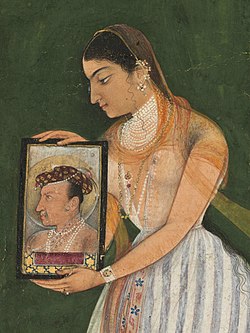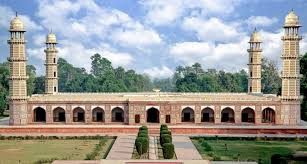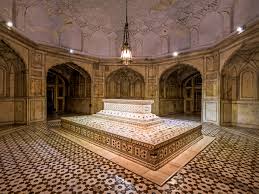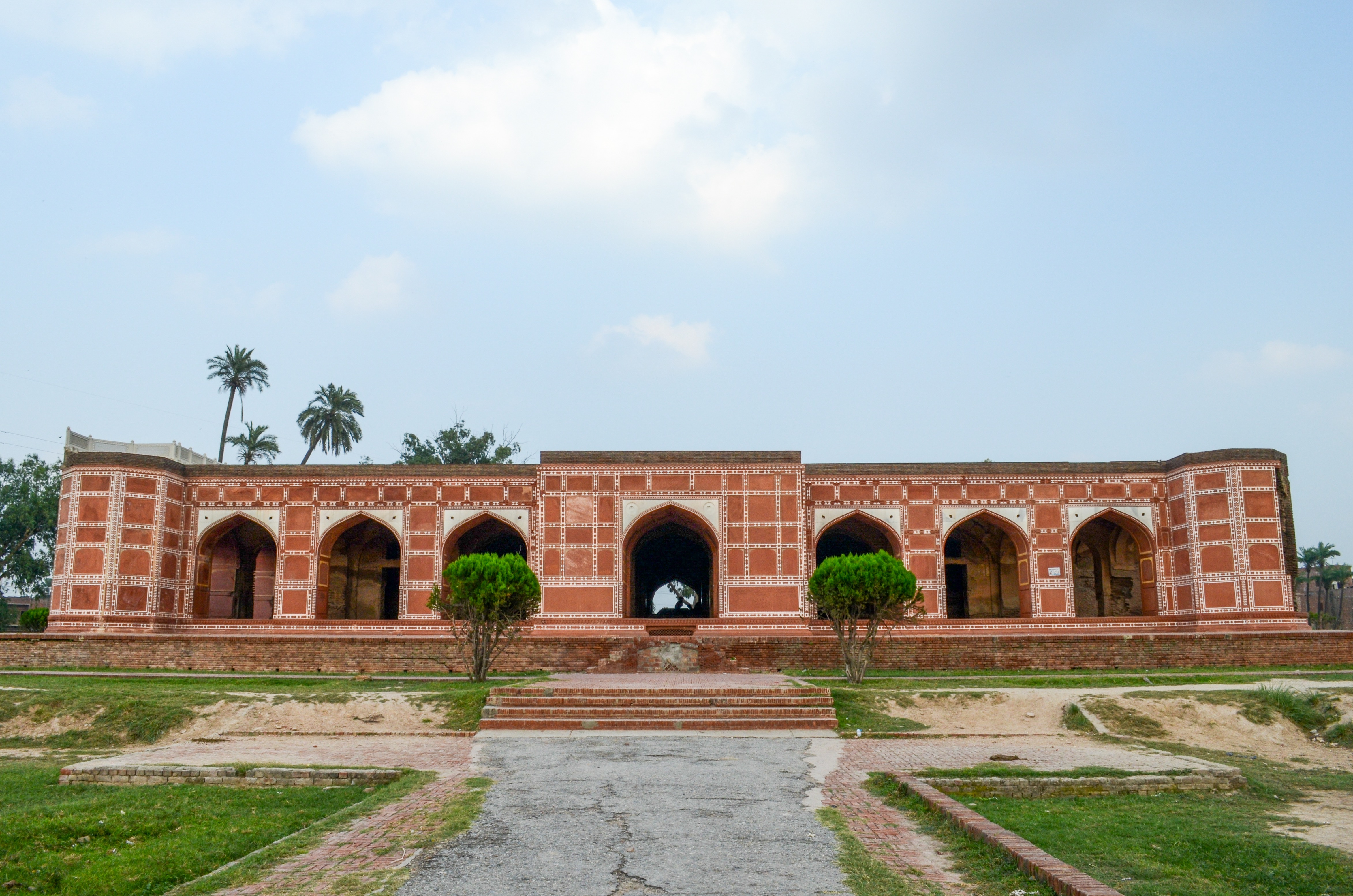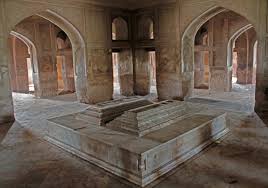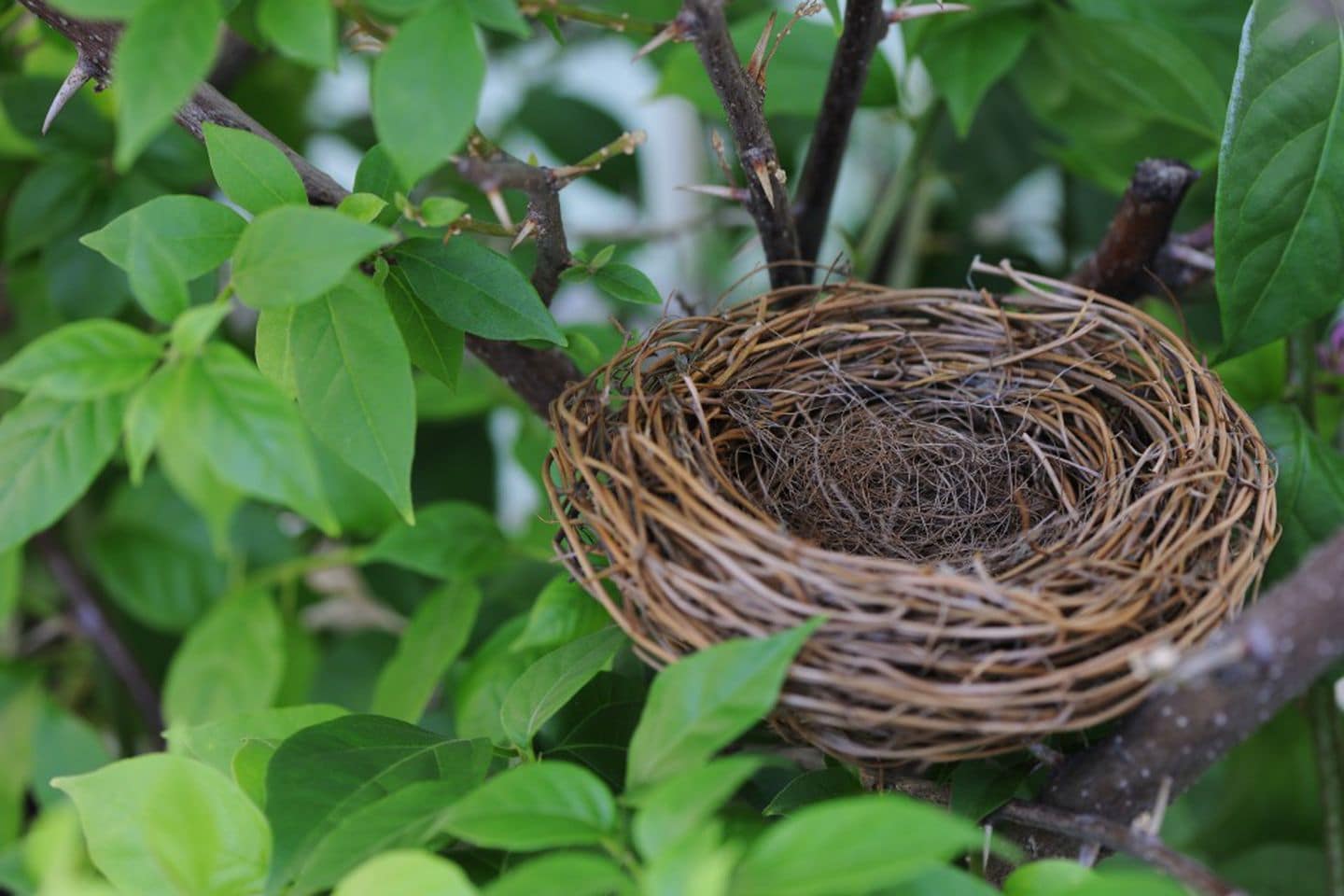
Source : Google photo of population explosion in developing countries
Synopsis : The world population grows at an alarming rate in some parts putting great pressure on their governments to find housing, jobs and healthcare for all while in other parts where they have better means of population control show a high standard of living for their citizens, jobs and housing for almost everybody. The solution to the problem of unhindered population growth lies in better birth control measures , more awareness and education that can prepare the next generation with a brighter future.
Today according to census, the world population is more than 7 billion and increasing at a rate of 2 to 3 percent in some countries and more in others.By some estimates the world population is going to double by the year 2050. India and China are two most populous countries in the world but this label is somewhat misleading.
While it is true that these two countries have the distinction of having very large populations, they are also labeled as the most densely populated countries . This is evident to some people who see this density as soon as they get off their planes so they come to the conclusion that indeed India and China are over populated. In fact some countries in Europe are more densely populated if you count the number of people per square kilometers of land. This density therefore depends on the available productive land in any country where people can settle and make a living. There is a reason why deserts are so empty.
If you take the case of the Philippines that has over 7100 islands most of which are unlivable and has a population of over 100 million people growing at a rate of 3 to 4 % every year, it makes it a far more densely populated country than India that has millions of hectares of productive agricultural and mostly irrigated land. So the increase in population in any country that has limited resources to feed them, house them and provide education and jobs for them can become a major issue for its government to tackle. So it is the density of population related to available resources that is more important than the total population of any country.
India and China are both vast countries where there is a stark difference between the city and the rural population , the city being more dense than the rural parts. This is true of most countries even if the countries are blessed with millions of hectares of rich agricultural lands , water and mild climate because there is a world wide tendency for the rural population to move to cities. The reason for this movement is related to the education and new skills rural children acquire that gets them jobs in cities or in areas where large factories are set up to employ them.
Farming is a back breaking job in most countries that still use manual labor to raise crops and live stocks depending usually on the bounty of the nature and adequate and timely rainfall . It is also a risky occupation because no one can guarantee the timely and adequate rainfall so the farmers may lose their crops or live stocks unless the country has ample source of water to irrigate their land. The governments of China and India spend billions of dollars to bring water to the needed areas of their countries through canals and lift irrigation.

Source : Google photo of Ganga Canal in Rajasthan , India
The Ganga canal in Rajasthan ( now called Indira Gandhi canal ) is such an example that has been under construction since the independence in 1947 and still the work goes on because it is slated to be a very long canal of over 1000 km in length and almost 50 feet wide and quite deep .They have completed nearly 649 km of it to bring water to the dry areas of Rajasthan for the first time. The farmers who lived in the desert like conditions are now growing many crops with assured water from the canal that has increased the food production and prosperity to the farmers. Similarly China has increased its irrigated farm land area by building canals at a great cost. If you fly from Pakistan to India, you will see the Ganga canal like a shining straight ribbon in Rajasthan. It is a massive undertaking.
If you travel by train in India, you will notice endless vista of endless farms and practically no people because fewer and fewer people want to live in rural areas to continue farming. Small plots that are a result of division of land generation after generation making them less productive and less efficient is giving rise to huge land consolidation to bring in mechanization in populated countries like India and China. It means less and less people engage in agriculture but produce more food for the country.
If the number of children born each year just replaces the number of people who die then there is zero population growth. If the number of children born does not replace the ones who die then there is negative population growth that is happening in many European countries and even in Japan and Russia and if there is 3 to 4 % annual growth of population in any large country, it creates tremendous pressure on the resources that country has or its government can provide to each citizen.
People say that the rice and fish diet of most people in Asia makes women very productive so they tend to have large number of children meaning more than 7 or 8 per family while in cold countries women tend to have fewer children that has a direct impact on the rate of growth there. We will see that the poor people produce more children than the rich due to many reasons that may be social, religious or lack of awareness of birth control measures. Illiteracy among them does not help either.
The rate of growth in population in any particular country has a direct relationship with their religious beliefs and the level of education. In strict Catholic countries like the Philippines, the Church does not support family planning on religious grounds so the lower stratum of the society that is mostly very poor and illiterate produces most number of children with or without marriage while the higher educated middle class people who have a higher income tend to have fewer children.
In India the middle class people usually have one or two kids per family because if the first child is a girl, they will not have a second child who may be a girl again because of the cost of raising them and the high dowry the parents must pay to get them married. If the first child is a boy then they may have a second child . So it is related not to any religious belief but the economics.
We have all heard about the one child policy in China that has had a drastic effect on the population there in a negative way so now they encourage people to have more than one child. The one child policy had led to severe shortage of girls so there are more boys than girls there that makes it difficult for any boy to get married.
What I found very shocking in Burundi and Rwanda is the explosion of the population in rural areas where mostly the Hutus live and do farming on hill sides . Both these countries are very poor, have very limited natural resources, have ethnic hatred between the Hutus and the Tutsis and can't provide education, jobs and housing for everyone so they are facing the serious issue of population growth at a rate they can't support.

Source : Google photo of children in rural Burundi
If you just stop by any village in Burundi and Rwanda, you will be surrounded by hundreds of curious children in dirty rags and you will begin to wonder what kind of future these children will have other than dirt farming just like their parents who are poor, illiterate and barely manage to survive yet they produce numerous children. I have seen the same thing in Mali , Senegal, Upper Volta ( now called Burkina Faso), Niger among others.
China suffered huge loss of population due to war, famine and natural calamities over the years . The colonial masters introduced opium to them and demanded to be paid in silver thus depleting their reserves and creating opium addicts in such large numbers that alarmed the Chinese Royalty. This led to the Boxer rebellion between them and the British that is a part of the history. What interests me is how Mao Tse Tung brought the country out of its misery through strict laws, dictates of communism and a lot of sacrifice. We all know of the Cultural Revolution of that period that harmed the country more than we could ever imagine but Mao remained a person who gave China a new direction to take its well deserved place as a future power in every sense.
Then came a dynamic leader like Deng Hsiao Ping who really opened up China to world trade and helped lay the foundation of modern China that has now become the most industrially developed country of the world, has created millions of jobs for its poor people, developed the whole nation with modern infrastructure at a break neck speed and made its economy grow at an incredible rate. While it is true that China population has grown, it is also true that the Chinese have been lifted out of poverty in a very significant way by the government. It continues to provide better roads, transportation, electricity to all parts, education for everyone and jobs for those who have the education and training.
In case of India the growth and development of the infrastructure nationwide rapidly has made it uplift millions out of poverty that is swelling up the middle class but its growth has been less than China where a very centralized bureaucracy makes all the decisions and makes large projects possible. In India the democratic process by nature is not autocratic so slower in bringing about changes the country wants and needs. Still India has made remarkable progress in the last 6 years than the previous 60 years and has very big plans for the future.
Population growth and migration:
The rural population migrates to cities all over the world crowding the cities and creating slums so you will find all major cities in the world with large number of people living in slums in the outskirts where they live precariously. All countries struggle to provide services to the slum dwellers who are ever growing in numbers. The slums of Manila, Mumbai and South Africa are well known.
In so called developed countries like the United States it is seen that the people are moving to cities for better opportunities leaving farming to less than 3 % of the population now that feeds the nation with extensive mechanization and a lot of farm subsidies but this trend is also seen in Europe and Australia. More young people are getting the education and skills they need to find jobs in cities so they migrate seeking better opportunities.
This is not so in poorer countries of Asia where rural people move to cities to live in slums because they are not educated and do not have the skills needed to move upward. In such countries the middle class remains small and grows slowly unlike in India and China. They find work as masons, carpenters, gardening jobs or open up small shops. Women take in washing and other odd jobs that allow them a small living but nothing more. They also produce large number of children who end up doing odd jobs to survive when adult. You will see small children selling candies or cigarettes in the streets.
Poor people seek jobs in the construction projects in the Middle East and other countries while women seek jobs as maids and related services. This is the trend here in the Philippines and other South East countries where their governments struggle with the population growth among the poor.
What is the solution ?
When Fidel castro made it his mission to provide free education and healthcare to everyone in Cuba , he laid the foundation on which Cuba grew over the years although the country paid heavily to overcome difficulties created by sanctions, trade barriers and outright hostility from some countries that did not like its government.
Vietnam and China are also communist countries where they have made spectacular progress in development that is nothing short of wonderful so it is the effort of the government to uplift their poor people that counts and not what type of government they have.
In democratic but corrupt countries the poor people still suffer due to lack of government support so those who can , go to other countries to make a living. The only solution to over population is to reduce the population by bringing up the poor to the middle class but that means massive nationwide free education and healthcare , training to develop job skills and investment by the private sector in all sectors of production creating jobs for people. This means foreign direct investment in the country as well as local investment. Just in the past decade or so Bangladesh ,Vietnam and Cambodia have become major manufacturers of clothes for export employing large number of poor people. The collateral free loans of small amount by the Grameen Bank in Bangladesh has helped millions of poor women there to become self employed.
The family planning should be promoted by the government at every level and provide the poor people the education and contraceptives so that they learn the benefits of fewer children. All countries that have a good family planning service have reduced their population growth rate. Men as well as women must be educated to see the benefits of family planning. Forced vasectomy and female sterilization are too draconian and usually have negative impact.
Indira Gandhi was given award for reducing the population growth through forced sterilization of men and promoting widespread use of contraceptives for women but it was not popular. The easiest way is to provide free condoms to men but it also leads to an increase in promiscuity in women that has social consequences. Forcing people to do something usually backfires so economic pressure is more effective as we will see.

Source : Google photo of kangaroo males fighting over breeding rights.
If we study the reproductive behavior in the animals , we notice that they have a biological need to reproduce but they have a process by which only the strongest genes are passed on. That is why males always fight over the females who breed with the winner of a fight and produces healthy off springs.

Source : Google photo of boys fighting over girls
Among the humans, the need for procreation is just as strong as the animals so you will notice hostilities breaking out over a woman among men who are trying to establish their breeding rights so it is not so much different from the animals. It is our societies that control the sexual behavior of men and women through well established rules and punish the violators in some countries where sex without marriage is still a taboo but we now see more and more young people break those taboos. The society does not have the same influence on them as they previously had because of the spread of education and the mixing of both sexes freely in schools and later in work places.
The rise of violent sexual assault cases in many countries are found to be related to more males and less females but also related to tribal culture that favors boys over girls.
The issue here is not the sexual behavior of men and women but the consequence of it. If people can learn to control the growth of the population while keeping their sexual desires intact, it provides a way out so many countries have adopted policies of contraception and provide free condoms, sterilization, contraceptives and sex education.
But ultimately it is the economic pressure on couples that acts as a break so you will notice that the middle class educated and working families tend to have fewer children than the uneducated and poor families. This is a worldwide phenomenon. When the families realize that it is in their interest to limit their number of children so that they take care of them better and give them the opportunities they need to get a good education and jobs later, the population explosion will slow down and even reverse itself like what is happening in some European countries and Japan.
We can make this world a better place if we have fewer children so that the population grows at a slower rate perhaps just to maintain it at the current level but it requires a nationwide awareness of the seriousness of the issue and doing something about it. Blaming the government for the unemployment, shortage of housing and healthcare facilities is not the right thing to do. We can all play a role in it.
Note : My blogs are also available in French, Spanish, German and Japanese languages at the following links as well as my biography. My blogs can be shared by anyone anytime in any social media.
Mes blogs en français.
Mis blogs en espagnol
Blogs von Anil in Deutsch
Blogs in Japanese
My blogs at Wix site
tumblr posts
Blogger.com
Medium.com
Anil’s biography in English.
Biographie d'Anil en français
La biografía de anil en español.
Anil's Biografie auf Deutsch
Anil’s biography in Japanese
Биография Анила по-русскиu

